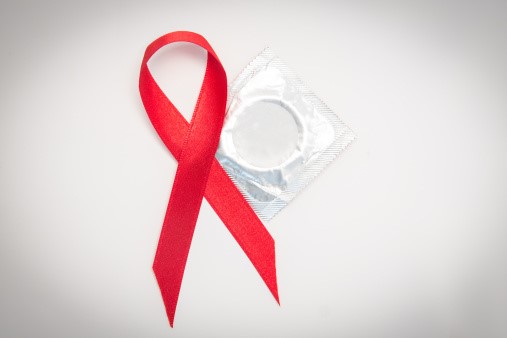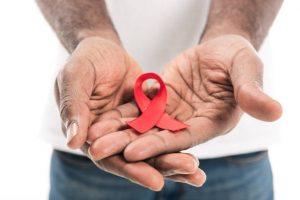STI/Condom Awareness Week; 10 – 16 February 2020
Sexually Transmitted Infections (STIs) do not discriminate or respect boundaries; they can affect anyone who is sexually active regardless of nationality, race, ethnicity, religion, gender, sexual orientation, and economic status.
STIs are among the most common communicable diseases and constitute a major global public health burden. The World Health Organization (WHO) estimated that, in 2016, there were approximately 377 million people aged 15-49 years newly infected with gonorrhoea, chlamydia, syphilis or trichomoniasis (four common, treatable STIs). This corresponds to just over 1 million new STI cases worldwide every day. In South Africa, estimates of people newly infected with STIs in 2017 were approximately 4.5 million for gonorrhoea, 6 million for chlamydia and 71 000 for syphilis.
People become infected with STIs through having unprotected vaginal, anal or oral sexual intercourse with infected partners. A large proportion of people with STIs may not have any signs or symptoms, and so maybe unaware that they are infected. Common symptoms and signs of STI include abnormal vaginal or penile discharge; pain during urination; ulcers in the genital area; swellings in the groin, and genital warts. Untreated STIs result in long-term complications such as ongoing lower abdominal pain, infertility and adverse pregnancy outcomes like stillbirths and preterm delivery. Treatment for STIs is given free of charge at primary healthcare clinics across South Africa.
The WHO is collaborating with partners to develop accurate, rapid, simple and affordable tests for STI screening at point of care (clinics). People infected with STIs may be at increased risk of acquiring HIV, and also of transmitting HIV to partners if they have STI-HIV co-infection. Therefore, HIV testing and linkage to care is an important part of STI management. Elimination of mother-to-child transmission of both syphilis and HIV through the screening and treatment of pregnant women is a public health priority.
So how do we prevent the spread of STIs in our communities?
- We need to STOP STIGMA around STIs: so that those with infections can access care and treatment without fear of discrimination.
- We need to COMMUNICATE: talk freely with our partners about STIs and safe sex practices and educate our children about STI prevention.
- We need to COOPERATE: with each other and with healthcare workers, access treatment if infected and also refer partners for care.
- We need to CONDOMISE: consistent and correct condom use will protect against infection and prevent spread to others.
Learn more about the work of the Centre for HIV and Sexually Transmitted Infection by clicking here.
Resources:
https://www.cdc.gov/condomeffectiveness/male-condom-use.html
https://www.cdc.gov/condomeffectiveness/Female-condom-use.html





